In a decision that would give boost to the ocean energy in India, Union Minister of State for Power and New & Renewable Energy (IC) and Skill Development & Entrepreneurship, RK Singh has approved a proposal to declare ocean energy as renewable energy.
Accordingly, the Ministry of New and Renewable Energy has clarified to all the stakeholders that energy produced using various forms of ocean energy such as tidal, wave, ocean thermal energy conversion etc. shall be considered as Renewable Energy and shall be eligible for meeting the non-solar Renewable Purchase Obligations (RPO).
The Ministry notes that oceans cover 70 percent of the earth’s surface and represent an enormous amount of energy in the form of wave, tidal, marine current and thermal gradient. A variety of different technologies are currently under development throughout the world to harness this energy in all its forms. Deployment is currently limited but the sector has the potential to grow, fueling economic growth, reduction of carbon footprint and creating jobs not only along the coasts but also inland along its supply chains.
As Government of India steps up its effort to reach the objectives to contemplate its Renewable Energy and climate change objectives post 2022, it is opportune to explore all possible avenues to stimulate innovation, create economic growth and new jobs as well as to reduce our carbon footprint. India has a long coastline with the estuaries and gulfs. MNRE looks over the horizon at development of new technology and considers the various options available to support its deployment. Most types of technologies are currently at pre-R&D / demonstration stage or the initial stage of commercialization. Basic R&D is being looked after by the Ministry of Earth Sciences (example: National Institute of Ocean Technology, Chennai). MNRE intends to support demonstration projects of proven technologies and as approved by expert committee constituted by MNRE.
Potential
Total identified potential of Tidal Energy is about 12455 MW, with potential locations identified at Khambat & Kutch regions, and large backwaters, where barrage technology could be used.
The total theoretical potential of wave energy in India along the country’s coast is estimated to be about 40,000 MW – these are preliminary estimates. This energy is however less intensive than what is available in more northern and southern latitudes.
OTEC has a theoretical potential of 180,000 MW in India subject to suitable technological evolution.
Technology
Although currently under-utilised, Ocean energy is mostly exploited by just a few technologies: Wave, Tidal, Current Energy and Ocean Thermal Energy.
Tidal Energy: The tidal cycle occurs every 12 hours due to the gravitational force of the moon. The difference in water height from low tide and high tide is potential energy. Similar to traditional hydropower generated from dams, tidal water can be captured in a barrage across an estuary during high tide and forced through a hydro-turbine during low tide. The capital cost for tidal energy power plants is very high due to high civil construction and high power purchase tariff. To capture sufficient power from the tidal energy potential, the height of high tide must be at least five meters (16 feet) greater than low tide. The Gulf of Cambay and the Gulf of Kutch in Gujarat on the west coast have the locations in the country where potential exists.
Wave Energy: Wave energy is generated by the movement of a device either floating on the surface of the ocean or moored to the ocean floor. Many different techniques for converting wave energy to electric power have been studied. Wave conversion devices that float on the surface have joints hinged together that bend with the waves. This kinetic energy pumps fluid through turbines and creates electric power. Stationary wave energy conversion devices use pressure fluctuations produced in long tubes from the waves swelling up and down. This bobbing motion drives a turbine when critical pressure is reached. Other stationary platforms capture water from waves on their platforms. This water is allowed to runoff through narrow pipes that flow through a typical hydraulic turbine.
Current Energy: Marine current is ocean water moving in one direction. This ocean current is known as the Gulf Stream. Tides also create currents that flow in two directions. Kinetic energy can be captured from the Gulf Stream and other tidal currents with submerged turbines that are very similar in appearance to miniature wind turbines. Similar to wind turbines, the movement of the marine current moves the rotor blades to generate electric power.
Ocean Thermal Energy Conversion (OTEC): Ocean thermal energy conversion, or OTEC, uses ocean temperature differences from the surface to depths lower than 1,000 meters, to extract energy. A temperature difference of only 20°C can yield usable energy. Research focuses on two types of OTEC technologies to extract thermal energy and convert it to electric power: closed cycle and open cycle. In the closed cycle method, a working fluid, such as ammonia, is pumped through a heat exchanger and vaporized. This vaporized steam runs a turbine. The cold water found at the depths of the ocean condenses the vapor back to a fluid where it returns to the heat exchanger. In the open cycle system, the warm surface water is pressurized in a vacuum chamber and converted to steam to run the turbine. The steam is then condensed using cold ocean water from lower depths.
Technology Objectives
The objective of the technology program is to accelerate and enhance support for the resource assessment and deployment of ocean energy in the country and to harness it for power generation and to overcome the barriers. The technology program is open to public and private sectors to carry out projects in India. Industry lead R&D proposals are invited from stakeholders, for solving problems in Indian conditions. Basic R&D is being looked after by the Ministry of Earth Sciences (example: National Institute of Ocean Technology, Chennai).
All the stakeholders desirous of utilizing Ocean Energy are being invited by MNRE for demonstration projects of proven technologies under Research, Design, Development and Demonstration (RDD&D) program/policy of the Ministry, in force at the time.


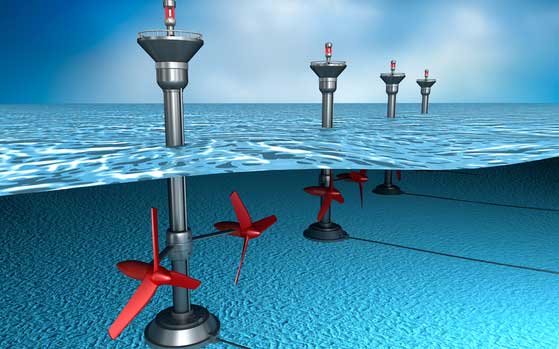
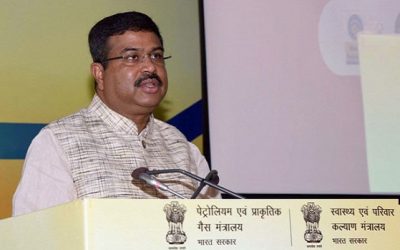


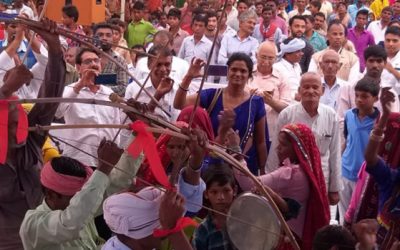

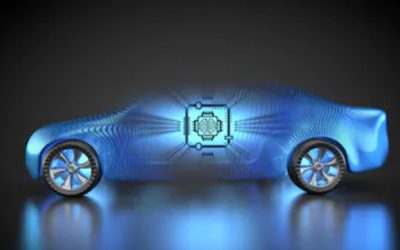

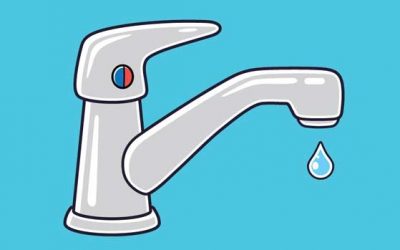
 Union HRD Minister Ramesh Pokhriyal ‘Nishank’ will launch ‘Samagra Shiksha-Jal Suraksha’ drive to create awareness about water conservation among all school students in the country. This mega drive would be launched at Dr. Sarvepalli Radhakrishnan Auditorium, Kendriya Vidyalaya No. 2 in Delhi Cantt.
Union HRD Minister Ramesh Pokhriyal ‘Nishank’ will launch ‘Samagra Shiksha-Jal Suraksha’ drive to create awareness about water conservation among all school students in the country. This mega drive would be launched at Dr. Sarvepalli Radhakrishnan Auditorium, Kendriya Vidyalaya No. 2 in Delhi Cantt.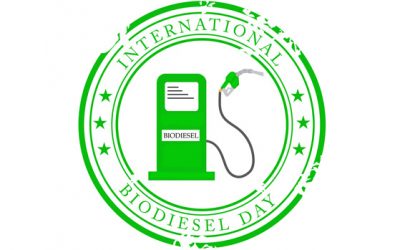
 World Biofuel Day is observed every year on 10th of August to create awareness about the importance of non-fossil fuels as an alternative to conventional fossil fuels and highlight the various efforts made by Government in the biofuel sector. Ministry of Petroleum & Natural Gas will organize World Biofuel Day on 10th August 2019 at Vigyan Bhavan, New Delhi. Minister of Petroleum & Natural Gas & Steel Dharmendra Pradhan will inaugurate the program. Minister of Health & Family Welfare, Science & Technology and Earth Sciences Dr Harsh Vardhan will be the Chief Guest of the function. This year the theme of the World Biofuel Day is “Production of Biodiesel from Used Cooking Oil (UCO).”
World Biofuel Day is observed every year on 10th of August to create awareness about the importance of non-fossil fuels as an alternative to conventional fossil fuels and highlight the various efforts made by Government in the biofuel sector. Ministry of Petroleum & Natural Gas will organize World Biofuel Day on 10th August 2019 at Vigyan Bhavan, New Delhi. Minister of Petroleum & Natural Gas & Steel Dharmendra Pradhan will inaugurate the program. Minister of Health & Family Welfare, Science & Technology and Earth Sciences Dr Harsh Vardhan will be the Chief Guest of the function. This year the theme of the World Biofuel Day is “Production of Biodiesel from Used Cooking Oil (UCO).”

0 Comments